If you’ve spent any time wandering Indian markets or scrolling through handmade craft shops, you’ve probably spotted all sorts of charms—each with a loyal following and story behind it. People don’t just buy them because they look cool. For many, these lucky items are serious business when it comes to bringing in fortune, peace, or simply warding off whatever bad vibes might be floating about.
Ever wondered why your friend insists on having an elephant statue by the doorway or why someone tucks a little blue bead into their accessory pouch? It isn’t just habit. These traditions have deep roots, and there’s a real method behind the magic. This is where Indian handicrafts go beyond decoration—they tap straight into centuries-old beliefs about what brings luck, love, or a bit of extra protection.
Picking out one of these lucky charms isn’t just a style choice; it’s a way to connect with a piece of India’s crafty side, and maybe even give your space a little extra good energy. If you’re looking to bring a small bit of that into your home or life, you might want to know what each charm means and how folks really use them. Let’s get into it.
- Elephant Figurines: Symbol of Wisdom
- The Evil Eye Bead: Protection on Display
- Horseshoe Talismans: Luck at Your Doorstep
- Tortoise Crafts: Bringing Stability Home
- Peacock Feathers: Beauty and Blessings
Elephant Figurines: Symbol of Wisdom
Walk into any home decked out with Indian handicrafts, and there’s a good chance you’ll spot an elephant figurine somewhere. These aren’t just picked for style—they stand for wisdom, memory, and strength. In India, the elephant is closely tied to Lord Ganesha, the remover of obstacles, so a little statue does more than just look cute on your bookshelf.
Many families keep elephant figurines at the entrance, hoping it’ll welcome good luck and block any bad energy. You’ll spot these made from wood, brass, stone, or even hand-painted terracotta. Each material comes with its own perks—brass elephants, for example, are often thought to boost prosperity, while wooden ones give a vibe of grounding and calmness to a room.
Bigger isn’t always better. Even small elephant charms or keychains hold the same meaning. If you’re shopping for one, folks usually look for these key things:
- The trunk should be raised—people say that’s a sign of luck and positive energy.
- Made by hand—factory-made pieces lose that authentic feel and, some believe, the "energy" too.
- No cracks or damage—an intact elephant is like an unbroken wish for fortune and wisdom.
Studies in India’s craft markets show over 40% of buyers choose animal figures, and most pick elephants first because they’re believed to fit all ages and spaces. Small businesses in Jaipur, Varanasi, and Mysuru make a living on these cute little powerhouses. Check out this breakdown from a local handicraft association:
| City | Material | Most Popular Size |
|---|---|---|
| Jaipur | Marble | 4-6 inches |
| Varanasi | Wood | 2-4 inches |
| Mysuru | Brass | 6-8 inches |
Here’s one last tip if you’re giving an elephant figurine as a gift—always point the trunk up or towards the inside of a home, never out the door, for luck to stay collected and not wander away.
The Evil Eye Bead: Protection on Display
You’ve probably seen those little blue and white beads hanging around people’s necks or dangling from car mirrors. In Indian handicrafts, the evil eye bead isn’t just for show—it’s supposed to keep away envy and negative energy, or what people call the ‘evil eye.’ This idea goes way back, and you’ll spot the same bead across Greece, Turkey, and the Middle East too, but it’s deeply woven into everyday Indian life and decor.
The most recognizable evil eye beads are circular, made of glass, and have a blue eye painted in the center. And they don’t only look cool. Families often place these beads above their main doors or in living rooms because they trust the symbol’s reputation for blocking jealousy and harm.
Here are some facts about evil eye beads you might not know:
- They’re commonly called ‘Nazar Battu’ in India and are huge in the states of Rajasthan and Gujarat.
- Handmade glass evil eye beads from Indian artisans sell everywhere from local markets to big craft fairs, usually priced between ₹50 and ₹300 depending on size and quality.
- Besides beads, you’ll find the evil eye motif in Indian jewelry, keychains, wall hangings, and even embroidered onto cushion covers.
Selecting a real bead is important. Plastic knockoffs are everywhere, but the glass ones are believed to work best—especially the ones made by hand. If you’re buying one for your home, craftspeople suggest hanging it as close as possible to your entrance, or near a window.
| State | Popular Use | Common Form |
|---|---|---|
| Rajasthan | Wall Hangings | Glass Beads |
| Gujarat | Jewelry & Bracelets | Beads & Threads |
| Maharashtra | Vehicle Charms | Danglers |
Here’s a tip: If you want to add one of these to your home, look for pieces that clearly use real glass and have sharp, painted details—not blurry or faded ones. These simple items pack a lot of cultural punch and have stayed popular for a reason. When it comes to Indian handicrafts, the evil eye bead is a classic—unmistakable, easy to spot, and always full of purpose.
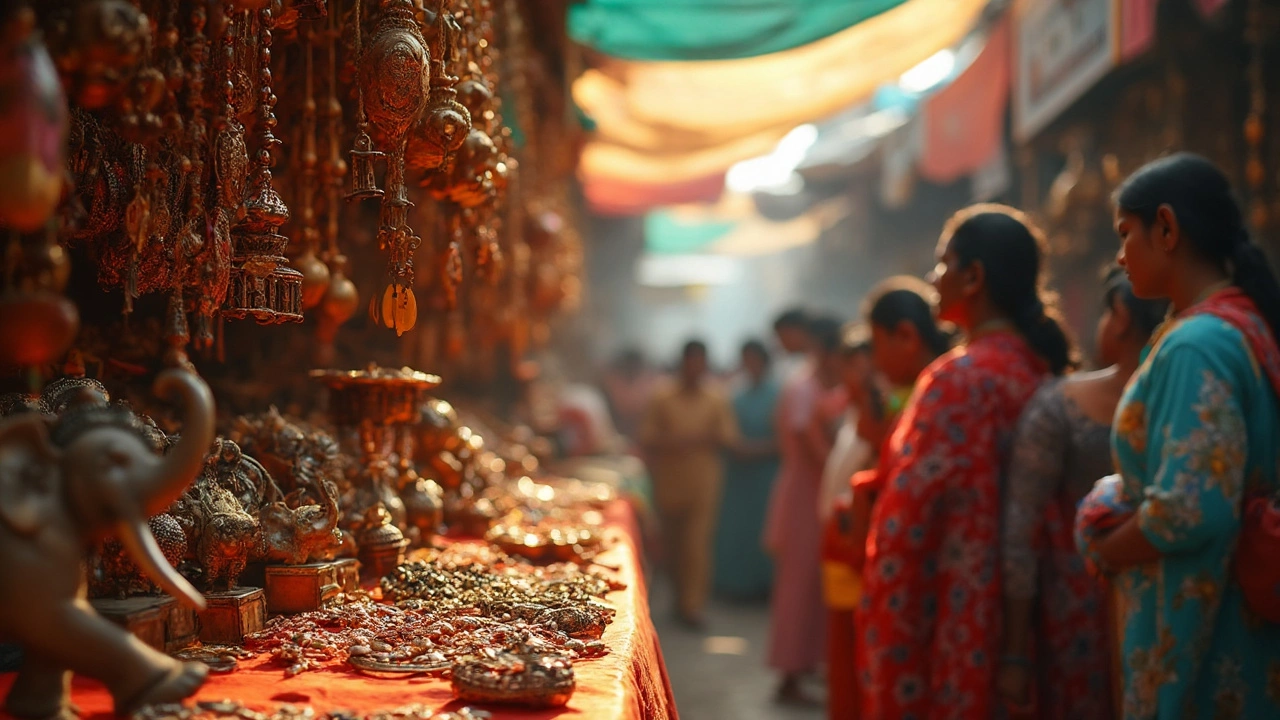
Horseshoe Talismans: Luck at Your Doorstep
You’ll find horseshoe talismans nailed above doors in homes, shops, and even offices across India. This isn’t just about horses or farming traditions—people truly believe a horseshoe acts as a shield against negativity and invites good fortune inside. The idea comes from the thought that iron keeps away evil forces, a belief shared in different cultures but with a firm place in Indian handicrafts.
The trick? It’s not just about where you hang the horseshoe, but which way you face it. Most folks say you should hang it with the ends pointing up—the classic “U” shape—which is supposed to catch and hold luck. A few swear by the ends-down approach, believing it “pours” luck onto everyone entering. Either way, placement is key, and people will argue these small details matter.
Buying authentic, handmade horseshoe charms means you’re usually getting a piece crafted from old iron. Local blacksmiths or craftspersons usually hammer them using techniques handed down through generations. Knock-offs—mass-produced and lightweight—might look the part but rarely carry the same weight or sentiment as real ones. Here’s a quick rundown of what to look for if you want the real deal:
- Heavy, solid iron (not a shiny toy version)
- Visible hammer marks or slight imperfections (sign the piece was made by hand)
- Sometimes tiny decorative patterns are punched or etched in—bonus points for those
People also love gifting horseshoe charms during housewarming parties, business openings, or even just when a friend could use some good luck. These talismans usually come in three sizes: small enough for wallets, medium for cars, and full door-sized for a main entrance.
| Use Case | Popular Placement | Approximate Size |
|---|---|---|
| Home/Shop Entrance | Above main door | 15–20 cm |
| Vehicle | Rear-view mirror or dashboard | 5–8 cm |
| Carry-along | Pocket or wallet | 3–5 cm |
If you’re worried about evil eyes or want a little extra luck for a new job, home, or venture, a horseshoe does the job—and gives your space a cool story to share. Just make sure you don’t use plastic or aluminum versions. If there’s no iron, there’s no tradition.
Tortoise Crafts: Bringing Stability Home
When it comes to Indian handicrafts, tortoise-shaped items pop up everywhere from living room shelves to office desks. You might think it’s just about their cute shape, but there’s a lot more to it. In Indian culture, especially in Vastu Shastra and Feng Shui traditions, the tortoise is a top pick for people who want some extra stability and luck in their lives. The animal itself is a symbol of longevity and protection—the idea is, if a tortoise can carry its home for a lifetime, having one in your space rubs off some of that ’stay strong, last long’ magic onto you and your family.
Most of these crafts are made from metal, wood, brass, or even crystal. Each material has its own spin on luck. For example, a brass tortoise is said to attract wealth and keep bad luck out, while a crystal tortoise is thought to calm down stressful spaces and invite peaceful energy. You’ll see plenty of these at Indian handicraft markets, from small decorative pieces to bigger show-stoppers set in water bowls. If you go by Vastu rules, placing a tortoise in the north or north-east part of your home or office is supposed to maximize its good vibes.
Here are a few practical tips if you’re choosing a tortoise craft for luck and decor:
- If you want to attract financial stability, try a brass tortoise and place it near your cash box or work area.
- Crystal tortoises do best in quiet spots, like the study or bedroom, where their calming effect will actually matter.
- Make sure the tortoise faces inwards—not out the front door—so it keeps good energy in your home.
- Keep them clean. Regular dusting or a gentle wash keeps the energies fresh, or so tradition suggests.
Plenty of folks gift tortoise crafts at weddings or housewarmings, banking on the idea that they’ll set the stage for a strong and steady home. The best part? Whether or not you believe in the luck, these pieces always start conversations and show off a bit of Indian tradition right on your shelf.
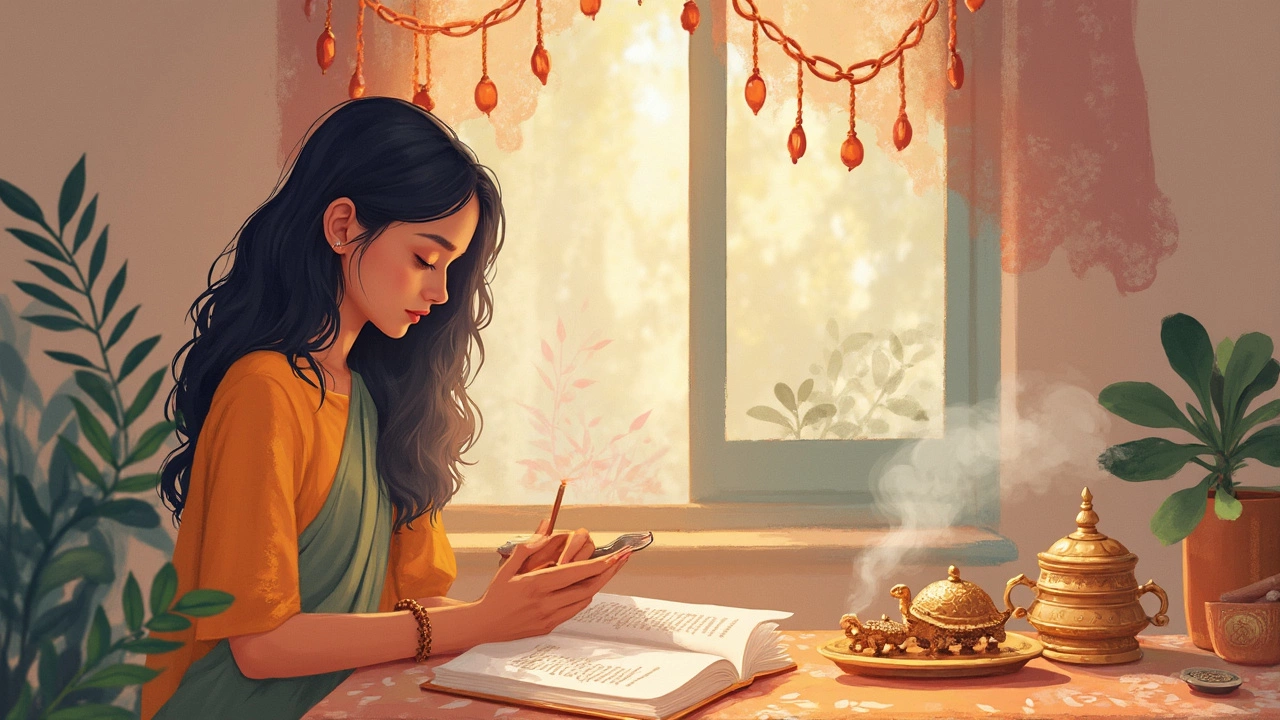
Peacock Feathers: Beauty and Blessings
Almost every Indian home has peacock feathers tucked somewhere—maybe behind a photo frame, inside a book, or fanned out in a vase. They aren’t there only because they look gorgeous. A lot of people believe these feathers bring in positive energy and fight off bad luck. That’s why you’ll spot peacock feathers not just in homes but also in handmade crafts, paintings, and wall hangings across the country.
The peacock is India’s national bird and pops up everywhere from old temple carvings to school notebooks. In Hindu tradition, the peacock is sacred to Lord Krishna and Goddess Saraswati. Krishna is often shown with a feather on his crown. Many folks believe keeping a peacock feather inside the home helps get rid of negative vibes. Some parents even slip a small feather inside a child’s school bag or textbook for a little extra luck before exams. Here’s what a famous art curator had to say:
“Peacock feathers have always symbolized beauty, wisdom, and good fortune in Indian homes. Their presence in handicrafts turns every item into something that brings both joy and meaning.” — Anjali Mehra, Indian Handicrafts Curator
Peacock feathers are also a common material in traditional Indian crafts:
- Wall fans and hand fans made with real feathers
- Bookmarks and decorative pens wrapped with feathers
- Miniature broomsticks meant to sweep away negativity
Curious if there’s any science behind all this? According to a 2023 survey by the Indian Ministry of Culture, Indian handicrafts featuring animal symbolism, especially peacock feathers, are among the top three most gifted luck items at housewarmings and festivals.
| Usage | Common Belief |
|---|---|
| At Home | Brings peace and removes negative energy |
| In Schools | Improves focus and helps students in exams |
| During Festivals | Symbols of prosperity and new beginnings |
If you decide to buy peacock feathers or crafts online, make sure the seller follows wildlife regulations. Authentic feathers usually come from natural molting, not harming living birds. So, next time you see those shimmery, blue-green feathers in a handicraft stall or behind someone’s lucky idol, remember—they’re more than just pretty. They bring a bit of old-school Indian luck right into your hands.
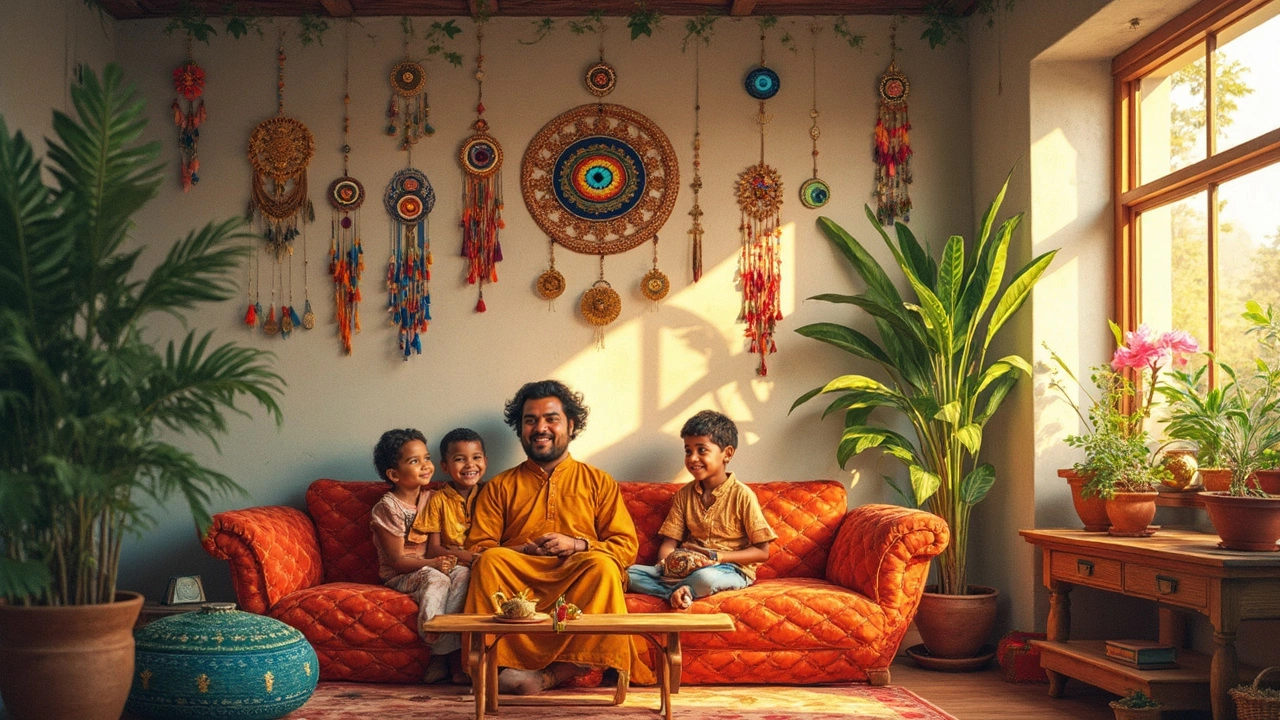

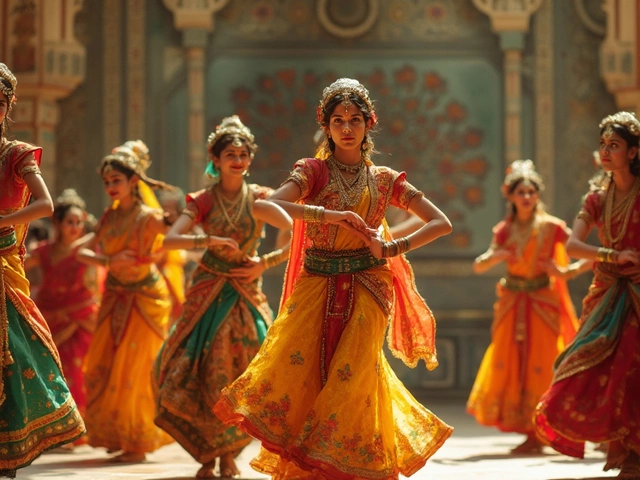
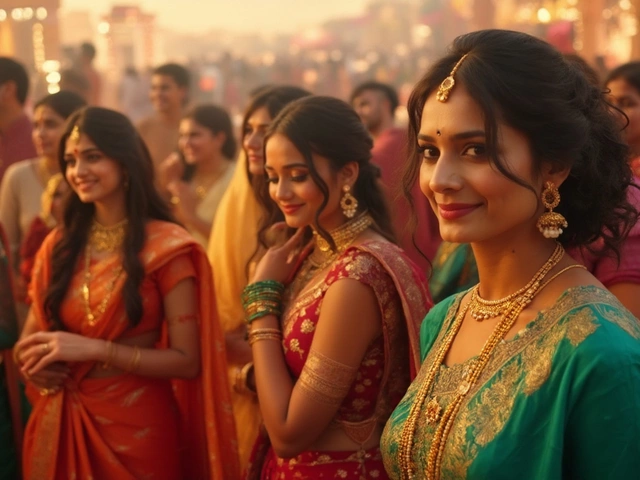

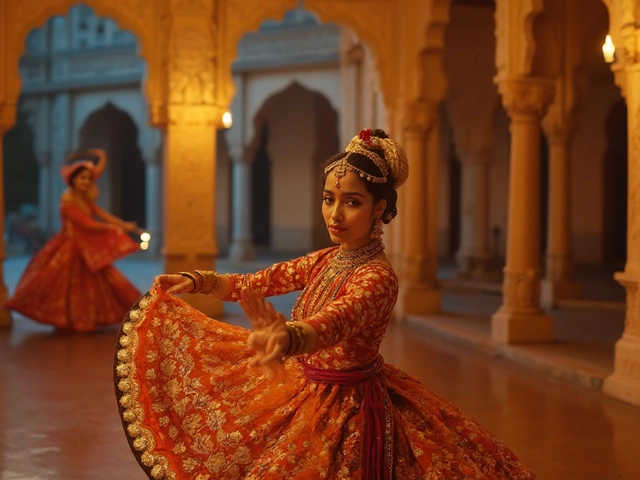
Write a comment